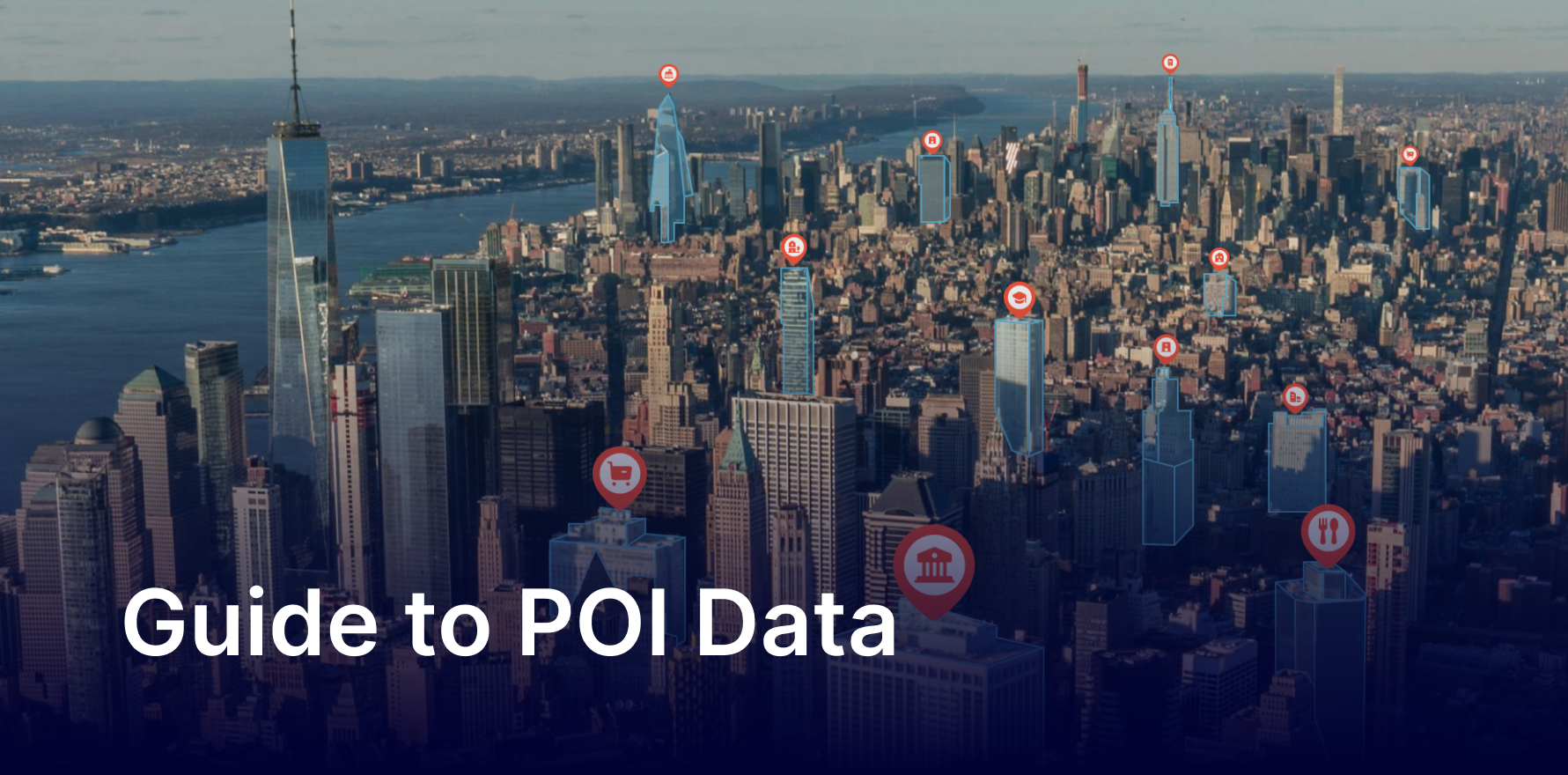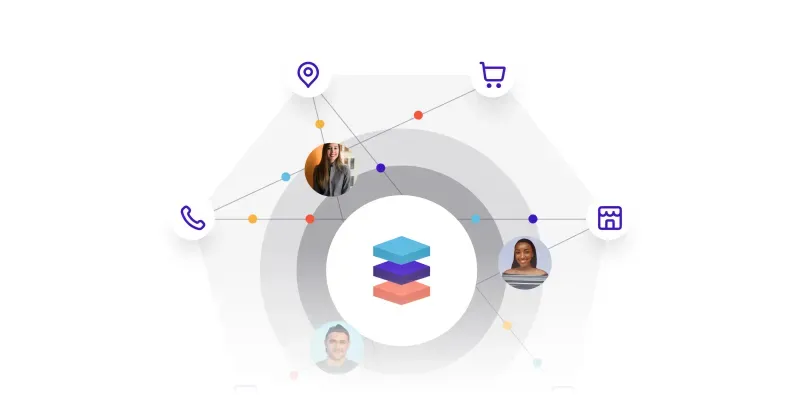How to use data enrichment solutions for your e-commerce company
The world we know has changed drastically over the past months. The global pandemic has caused a huge change in consumer behaviour due to government movement restrictions, stay at home notices, self quarantines, social distancing and more. While things will eventually get back to normal, this rapid behavioral change has nevertheless enabled a lot of opportunities for any brand that adopts a more holistic approach to gaining customer intelligence.
The rapid growth of omni-channel retail
Millions of traditional retail shoppers are now forced to buy their products online. They are experiencing e-commerce for the first time. And just like that, a new omni-channel consumer persona is born. This also means that for the first time in history, there will soon be more omni-channel shoppers than ever before. There is now a new need to understand the omni-channel customer better than ever, and brands and retailers who focus on building this data strategy will come out of this crisis stronger than before.
Bridging the gap with data
Building a new-age data strategy requires a full understanding of current data sets like CRM, social etc. But more importantly, brands must understand how to converge these data sets and crystallize actionable insights. After first party data is collected, unified insights are generated. Further data enrichment must be done using high quality consumer data to expand reach and identify new and actionable trends and patterns. This is then matched with privacy-compliant private and public data sources to produce unprecedented actionable insights for better decision making.
But how do brands achieve data-enrichment? What tools and resources do they need?
Consumer journeys, purchase triggers, purchase barriers, lifestyle needs, brand affinities, shopping patterns, basket compositions, psychographic and demographic data are among some of the most sought after data points that help brands truly understand their customers. Brands and enterprises with consented 1st party data can use an identifier (Hashed Device ID, Cookie, Email, Mobile Number etc) to safely identify a user within our platform in a safe and privacy-compliant manner. This means that no person ever sees the actual data points. But what they do have access to are high-quality aggregated insights from these data points. This user profile data is then enriched with a variety of relevant attributes for their use case and stored into the brands platform or data warehouse of choice.
How data enrichment works
Key use cases for online services
Our data enrichment has a three-fold impact on online businesses –
Deeper understanding of current and potential consumers using a variety of attributes in combination with online behavioural insights that e-commerce brands already own Hyper-personalized UX by placing the right products and product categories at the right place at the right time, in physical, web, and mobile app.
Hyper-personalized marketing –
Drilling down to individual consumers and their preferences and affinities, and enabling hyper-contextualized experiences and subsequently, higher conversion rates, enhanced loyalty and new customer acquisition.
E-commerce brands as well as retail brands and services that are only starting to dip their toes in omni-channel retail thanks to the new needs of the post-pandemic world, will be the ones that thrive. And we are confident that data enrichment will be at the epicenter of this transformation.
Proven case studies –
Over at Factori, we have worked with several sectors including e-commerce, food delivery, OTAs, OTTs, telcos, fintech, and more to enable data enrichment at scale, resulting in sound business outcomes.
Lets consider the case of this luxury e-commerce brand. The brand marketers approached us to improve the engagement and conversion rates of their new app users. We proposed Real World AI, our inhouse data enrichment solution which enabled the brand to match their app user data with additional real-world data attributes. These attributes include brand affinities, personas, affluence and more. Coupled with other interests and intent data points, the brand could activate these new segments via their CDP.
The brand saw an increase in their conversion rates (online sales) by a whopping 19% during the 30-day campaign period. They also saw that the number of consumers bouncing after landing on the website dropped by 13%.
Clearly, consumer data enrichment boosted their targeting capabilities far beyond what their own CRM could.
Are you ready to level up?
A world of possibilities awaits brands that are ready to take their data strategy to the next level (especially after the crisis is over!). Wanna be one of them talk to our experts now!
You may also like








